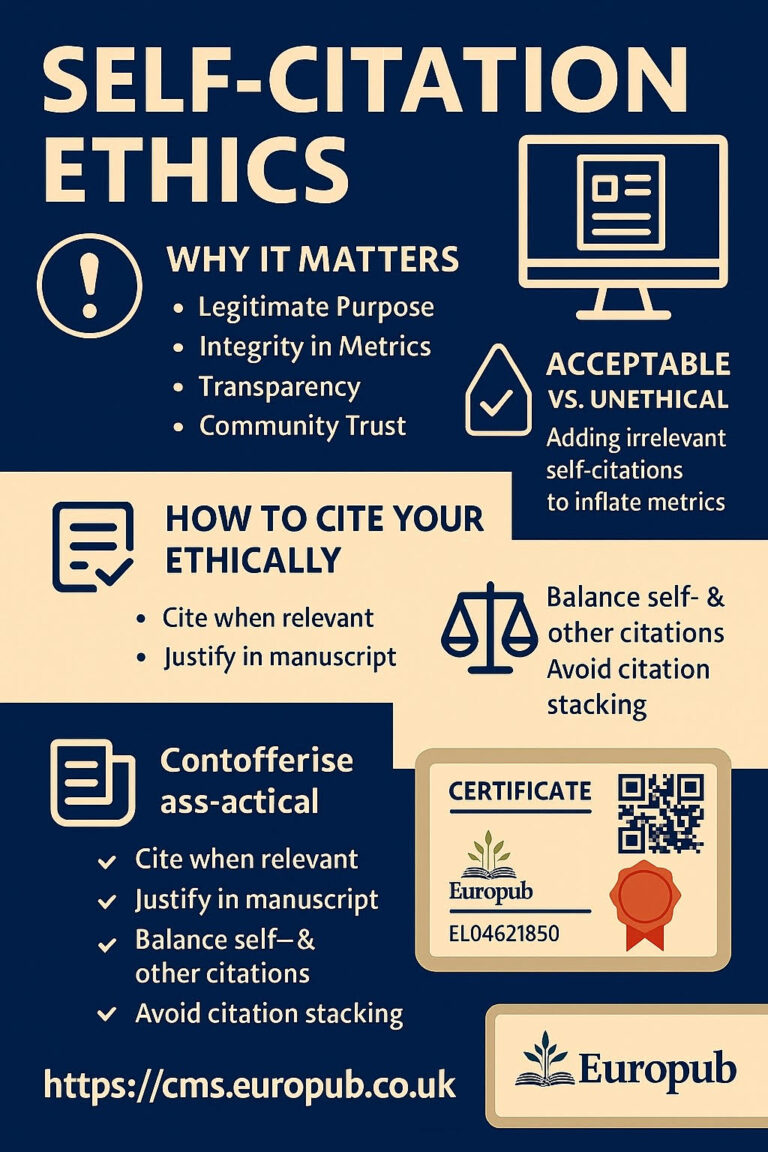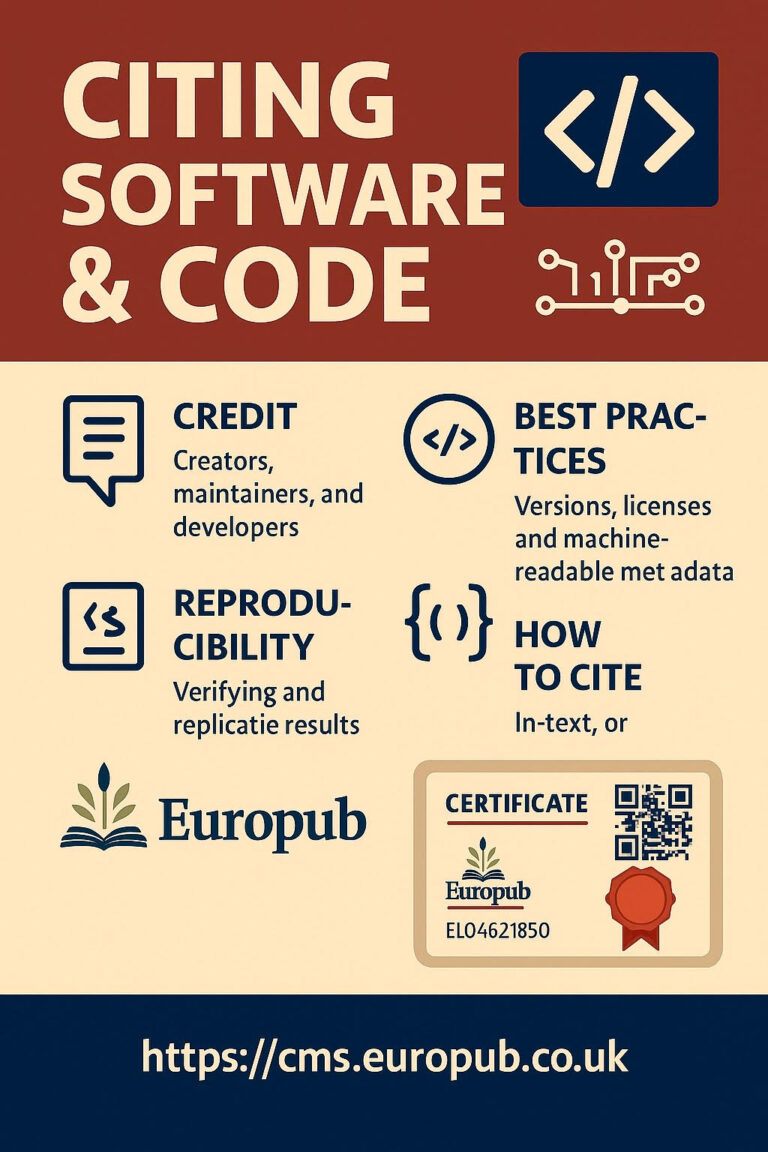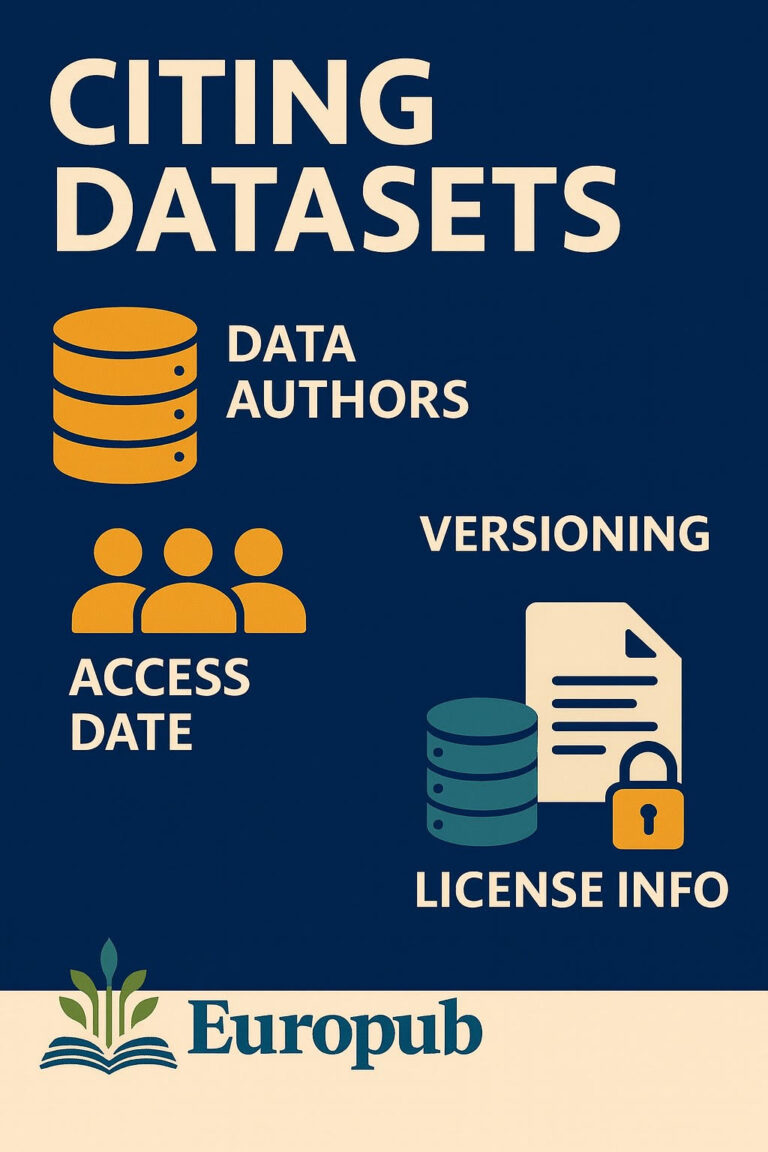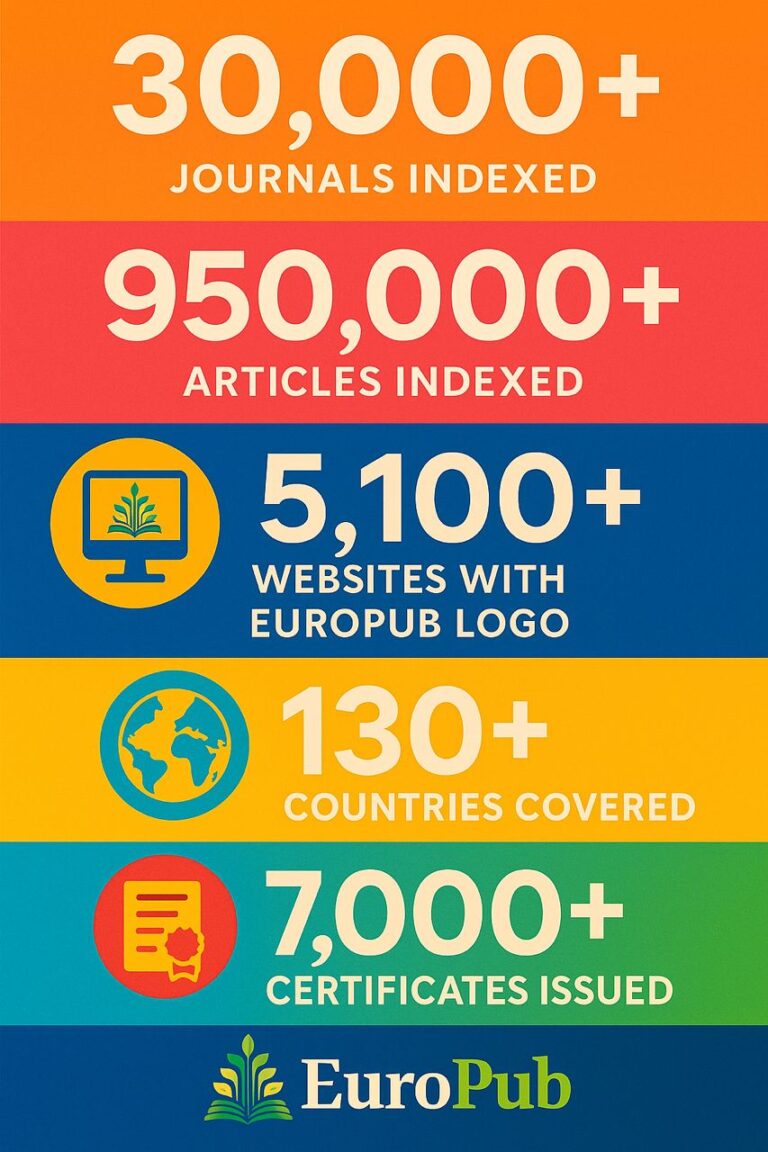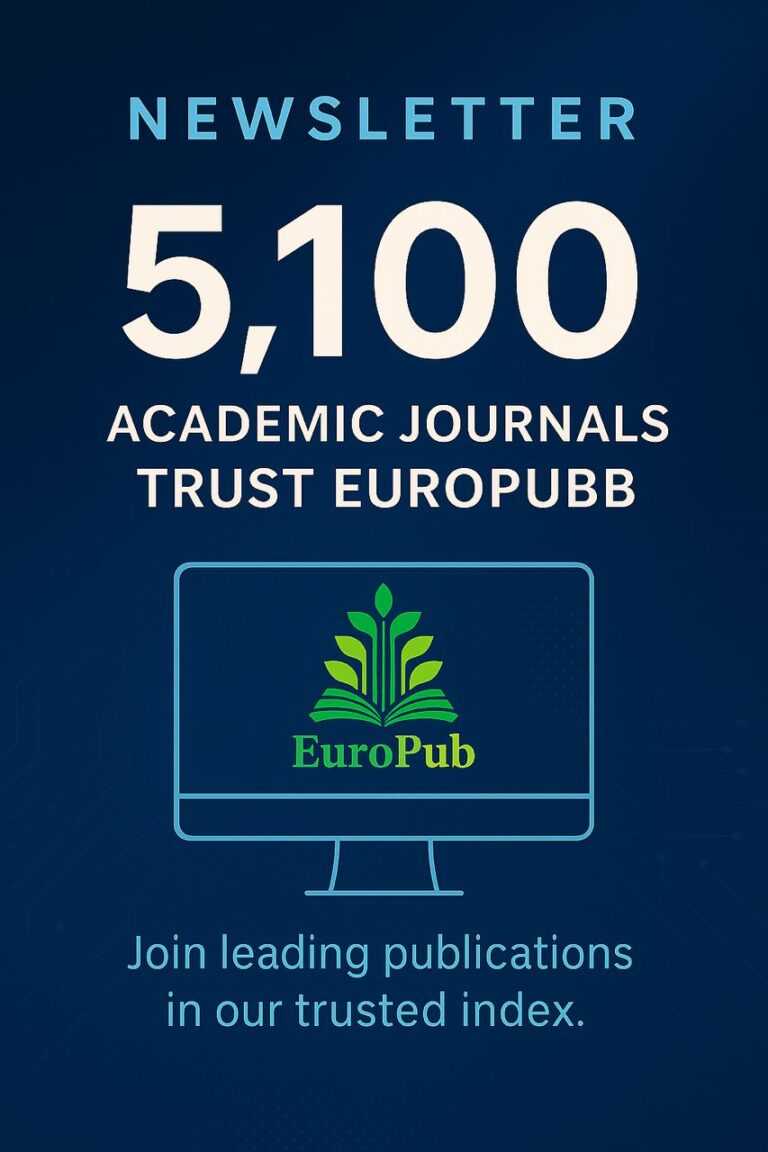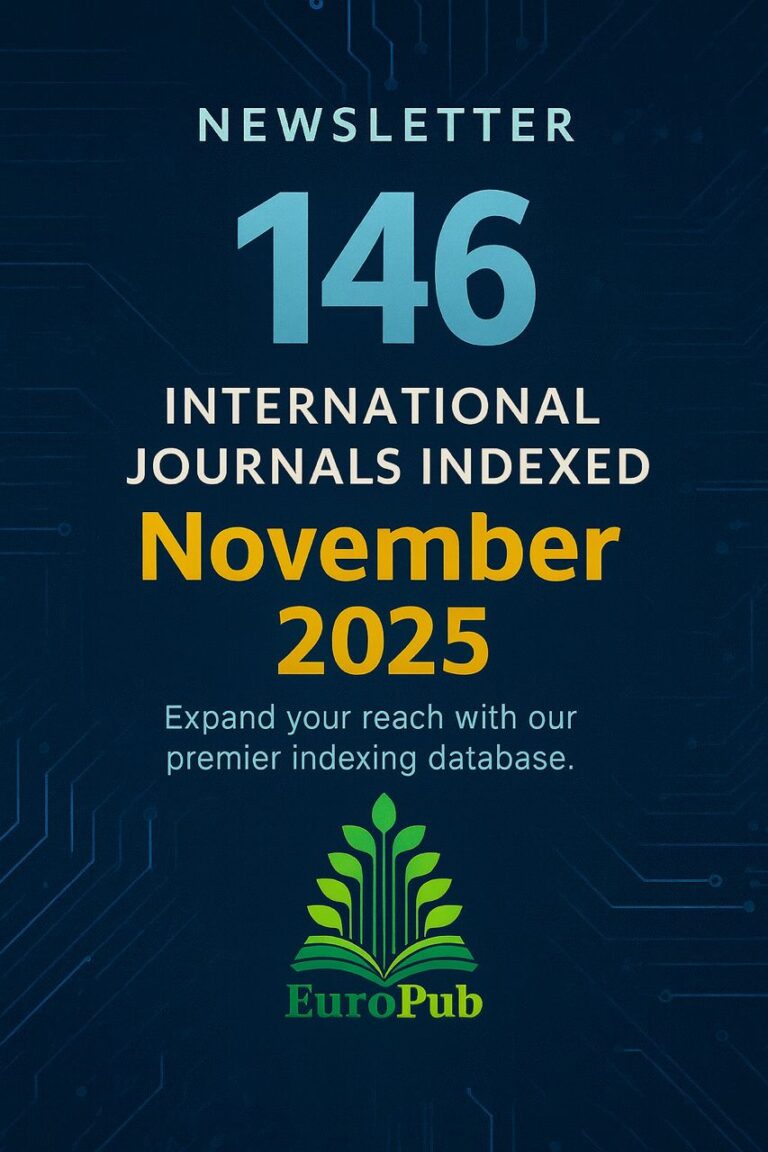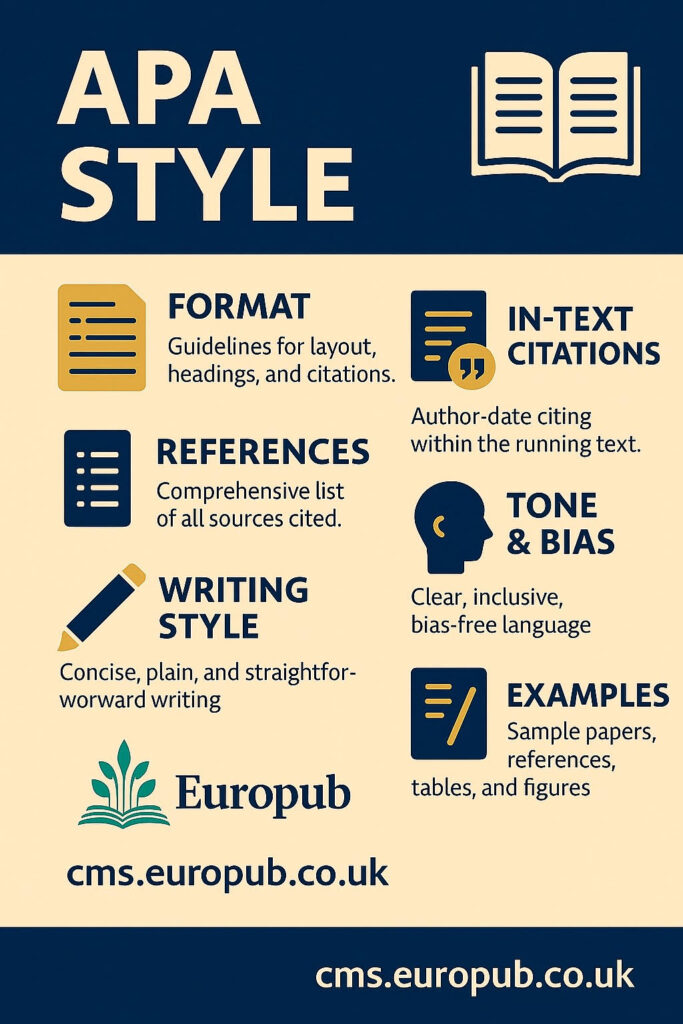
What is APA Style?
APA (American Psychological Association) Style is the most widely used citation and formatting system in social sciences, psychology, education, and related disciplines. It ensures clarity, consistency, and academic integrity in scholarly writing.
Core Components of APA Style
- Title Page – Includes paper title, author(s), affiliation, and running head.
- Abstract – 150–250 words summarizing objectives, methods, results, and conclusions.
- Main Text – Structured sections (Introduction, Method, Results, Discussion).
- References – Alphabetized list of all cited sources in APA format.
- In-text Citations – Author-date format, e.g., (Smith, 2024).
- Tables and Figures – Labeled, numbered, and cited within the text.
- Appendices – Supplementary material, if necessary.
Key Formatting Rules
- Font: Times New Roman, 12 pt
- Line spacing: Double-spaced throughout
- Margins: 1 inch on all sides
- Paragraph indentation: 0.5 inches
- Page numbers: Upper right corner
- DOIs: Always include digital object identifiers for articles
In-text Citation Examples
- One author: (Johnson, 2022)
- Two authors: (Lee & Martin, 2023)
- Three or more authors: (Taylor et al., 2024)
- Direct quotation: (Brown, 2020, p. 15)
Reference List Examples
- Journal article:Smith, J. A. (2024). Trends in mental health research. Journal of Psychology, 58(3), 210–225. https://doi.org/10.1234/jpr.2024.0342
- Book:Brown, P. L. (2021). Cognitive Development in Context. Oxford University Press.
- Web page:American Psychological Association. (2023). APA Style Guidelines. https://apastyle.apa.org
Tools to Help You Format in APA
- Scribbr APA Citation Generator: https://www.scribbr.com/apa-citation-generator/
- Zotero Reference Manager: https://www.zotero.org/
- Mendeley: https://www.mendeley.com/
- Grammarly APA Checker: https://www.grammarly.com/
Benefits of Using APA Style
- Ensures academic credibility and consistency
- Avoids plagiarism through proper citation
- Enhances readability and professionalism
- Accepted by leading journals and publishers worldwide
Common Mistakes to Avoid
- Missing DOI or URLs
- Incorrect capitalization in titles
- Not italicizing journal names
- Incorrect date or author order
- Citing secondary sources without noting “as cited in”
FAQ – Frequently Asked Questions
Q1: What edition of APA Style is currently used?
A: The 7th edition (released in 2019) is the latest version in use.
Q2: Can APA Style be used outside psychology?
A: Yes, it’s widely used in social sciences, nursing, business, and education.
Q3: How do I cite multiple works by the same author?
A: Order chronologically; include the year for each reference. Example: (Johnson, 2020, 2022)
Q4: Should I include page numbers in paraphrases?
A: Page numbers are optional for paraphrases but required for direct quotes.
Q5: How to cite a source with no author?
A: Use the title instead, e.g., (“Global Warming,” 2024).
Q6: Can I use “et al.” for two authors?
A: No, “et al.” is used for three or more authors.
Q7: How to format online articles without a DOI?
A: Include the full URL of the article instead.
Q8: How to cite datasets or preprints?
A: Follow APA’s dataset citation format; include DOI or repository link.
Q9: What’s the difference between APA and MLA?
A: APA uses author–date, MLA uses author–page for in-text citations.
Q10: How can I learn APA quickly?
A: Visit https://apastyle.apa.org for tutorials and examples.
Useful Links
- Europub Certificate System: cms.europub.co.uk
- Official APA Manual: https://apastyle.apa.org
- Sample Papers: https://apastyle.apa.org/style-grammar-guidelines/paper-format/sample-papers









